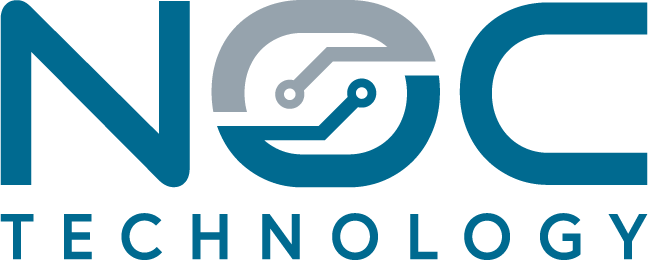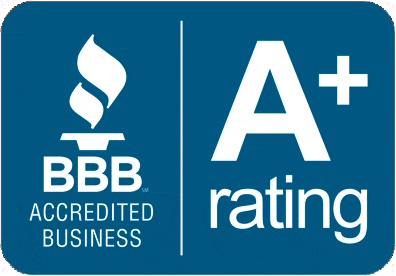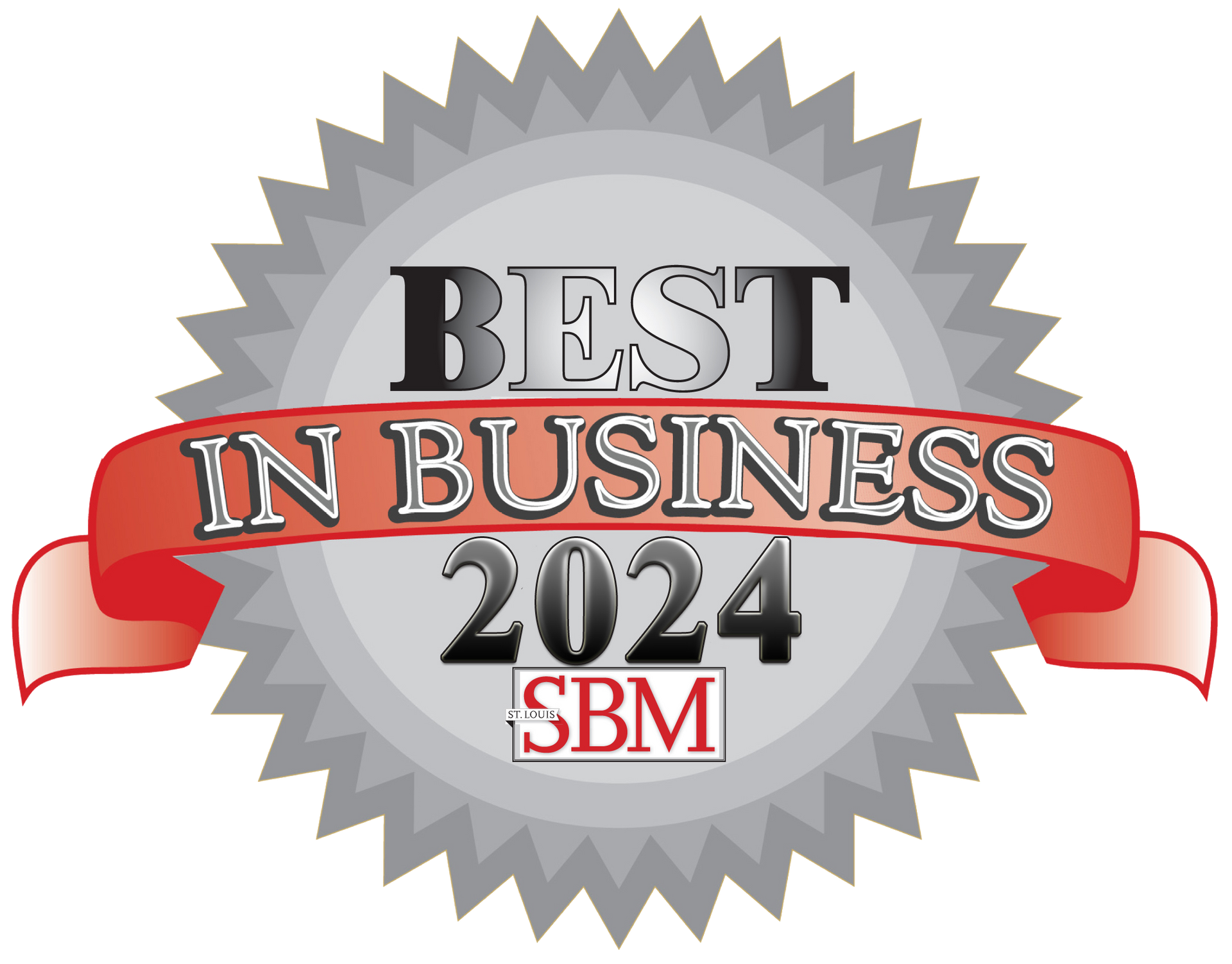How St. Louis Optometry Practices Automate Lens Ordering Without Double-Entry
by Jon Lober | NOC Technology
How Do St. Louis Optometry Practices Automate Lens Ordering and Lab Integration Without Double-Entry?
St. Louis optometry practices save 8-12 hours weekly and reduce ordering errors by 75% through automated EHR-to-lab integration, with typical ROI achieved in 3-4 months for a 2-doctor practice spending $2,500-$4,000 on implementation.
Which Optometry EHR Systems Integrate Directly with Essilor, Zeiss, and VSP Labs?
The compatibility between your EHR system and optical labs determines whether you can automate lens ordering or remain stuck with manual double-entry. Based on current integration capabilities in the St. Louis market, here's what connects with what:
| EHR System | Essilor | Zeiss | VSP Labs | Integration Type | Setup Time |
|---|---|---|---|---|---|
| RevolutionEHR | Full | Full | Full | Direct API | 2-3 days |
| Compulink | Full | Partial | Full | Direct API | 3-5 days |
| EyeMD EMR | Full | Full | Partial | VisionWeb Bridge | 1-2 weeks |
| Crystal PM | Full | No | Full | Direct API | 2-3 days |
| MaximEyes | Partial | Full | Full | HL7 Interface | 2-3 weeks |
| OfficeMate | Full | Full | Full | VisionWeb | 3-5 days |
Full integration means prescription data, measurements, and insurance eligibility flow automatically. Partial integration requires manual entry of certain fields like prism values or specialty coatings. No integration forces complete manual re-entry into the lab's portal.
For practices using cloud-based EHRs, the integration typically activates within 48 hours after credential setup. Server-based systems in St. Louis offices may need additional firewall configuration, adding 3-5 business days to implementation.
Read More: How Managed IT Services Help Optometry Clinics
Key considerations for St. Louis practices:
- VisionWeb acts as a universal translator between many EHRs and labs, but adds $89-149/month to your costs
- Direct API connections work fastest but require both systems to maintain compatibility through updates
- HL7 interfaces offer the most robust data exchange but cost $2,000-5,000 to implement
- Insurance verification only works automatically with VSP and EyeMed; others require manual checking
How Much Staff Time Does Manual Lens Ordering Waste vs. Automated Lab Integration?
Manual lens ordering consumes 2.5-3.5 hours daily for a typical 2-doctor St. Louis optometry practice processing 25-30 orders. Here's the breakdown of time investment and potential savings:
| Task | Manual Process (min) | Automated Process (min) | Time Saved per Order |
|---|---|---|---|
| Retrieve prescription from EHR | 2-3 | 0 | 2.5 min |
| Log into lab portal | 1-2 | 0 | 1.5 min |
| Enter prescription data | 3-4 | 0 | 3.5 min |
| Input measurements (PD, seg height) | 2-3 | 0 | 2.5 min |
| Select lens options/coatings | 2-3 | 1 | 2 min |
| Verify insurance coverage | 3-5 | 0.5 | 3.5 min |
| Double-check for errors | 2-3 | 0.5 | 2 min |
| Process payment/PO | 1-2 | 1 | 1 min |
| Total per order | 16-25 | 3 | 18.5 min average |
For a practice processing 30 orders daily, automation saves 9.25 hours of staff time. At Missouri's typical optometric assistant wage of $18-22/hour, that's $166-203 in daily labor costs redirected to patient care.
Manual entry also leads to mistakes in orders. Common errors include:
- Transposed prescription values (sphere/cylinder mix-ups)
- Wrong PD or segment height
- Incorrect lens material or coating
- Insurance eligibility mistakes
Each error requiring a remake costs the practice $75-150 in lab fees plus staff time for reprocessing. A 30-order/day practice experiences 2-3 remakes weekly from manual entry errors, totaling $7,800-11,700 annually in unnecessary costs.
Beyond direct time savings, automated integration provides:
- Real-time order tracking visible in your EHR (no more phone calls to labs)
- Automatic insurance eligibility verification before submission
- Bulk order capabilities for multiple pairs or family orders
- Historical ordering data for inventory planning
What Does It Cost to Implement Lab Integration for a 2-Doctor Optometry Practice?
A 2-doctor optometry practice in St. Louis typically invests $2,500-4,000 for complete lab integration setup, with ongoing costs of $89-249 monthly. The wide range depends on your current EHR system, number of labs, and whether you need middleware solutions.
| Component | One-Time Cost | Monthly Cost | Notes |
|---|---|---|---|
| EHR integration module | $500-1,500 | $0-50 | Some EHRs include it, others charge |
| VisionWeb connector (if needed) | $0 | $89-149 | Required for non-native integrations |
| IT setup and configuration | $750-1,200 | $0 | Firewall, API keys, testing |
| Staff training (8 hours) | $400-600 | $0 | Usually 2-3 sessions needed |
| Custom mapping/rules | $350-700 | $0 | For special lens products |
| Backup connection setup | $0 | $50-100 | Redundant internet/VPN |
| Total Investment | $2,000-4,000 | $139-349 | Varies by complexity |
Hidden costs to consider: Many St. Louis practices overlook expenses that emerge during implementation. Network upgrades may be necessary if your current internet can't handle sustained API traffic—budget $200-500 for potential bandwidth increases. HIPAA-compliant data transmission requires encrypted connections, which your IT provider must configure properly Read More: Navigating Missouri and Federal Cybersecurity Regulations.
Cost variations depend on several factors:
- Number of lab connections: Each additional lab beyond the first adds $200-400 in setup
- EHR age and type: Cloud-based systems integrate cheaper than server-based
- Current IT infrastructure: Outdated networks need $500-1,500 in upgrades
- Customization requirements: Specialty lens workflows add $500-1,000
Financing options available to Missouri practices include:
- EHR vendors often bundle integration into 12-24 month payment plans
- Some labs (VSP, Essilor) offer integration credits with volume commitments
- Technology improvement loans through Missouri small business programs at 4-6% APR
- Managed IT providers may include setup in annual contracts
Practices report the highest satisfaction when working with local IT support for implementation. St. Louis-based providers understand Missouri's specific compliance requirements and can provide on-site troubleshooting if needed during the critical first week.
Read More: IT Support for Real People
How Do St. Louis Optometry Practices Ensure HIPAA Compliance When Transmitting Prescriptions to Labs?
Prescription data transmission to optical labs must meet HIPAA's Technical Safeguards Rule, requiring end-to-end encryption and audit trails for all patient information exchanges. Missouri practices face fines of $100-50,000 per violation for non-compliant data transmission.
Required security measures for lab integration:
- 256-bit AES encryption for data in transit (TLS 1.2 minimum)
- Unique user authentication with role-based access controls
- Automatic session timeouts after 15 minutes of inactivity
- Complete audit logs showing who accessed what prescription data and when
- Business Associate Agreements (BAAs) with all labs and middleware vendors
- Regular security assessments (annually at minimum)
St. Louis practices must also comply with Missouri's data breach notification law, which requires notifying affected patients within 60 days of discovering any unauthorized access to prescription data.
Read More: Navigating Missouri and Federal Cybersecurity Regulations
| Requirement | Implementation Method | Verification Frequency | Penalty for Non-Compliance |
|---|---|---|---|
| Encrypted transmission | TLS/SSL certificates | Quarterly | $50,000 per incident |
| Access controls | Role-based permissions | Monthly review | $100-50,000 |
| Audit trails | System logs | Weekly review | $10,000-50,000 |
| BAA documentation | Signed agreements | Annual renewal | $100-1,500,000 |
| Risk assessments | Third-party audit | Annual | $100-50,000 |
| Incident response plan | Written procedures | Semi-annual drill | $100-50,000 |
Common compliance gaps we've identified in St. Louis optometry practices:
- Lacking proper BAAs with their lab integration vendors
- Not encrypting data stored temporarily during transmission failures
- Failing to review audit logs regularly for unauthorized access
- Using shared logins instead of individual user accounts
The most overlooked requirement: minimum necessary standard. Your integration should only transmit prescription data required for lens production—not the patient's entire medical history. Configure your system to exclude diagnoses, medical conditions, and insurance details unless specifically needed for that order.
Practices using managed IT services report fewer compliance issues during audits, as providers maintain security patches, monitor for breaches, and ensure proper encryption configurations.
Read More: The Importance of Cybersecurity for Optometry Clinics
What's the ROI Timeline for Automating Lab Orders in an Optometry Practice?
Most 2-doctor St. Louis optometry practices achieve full ROI within 3-4 months of implementing lab integration, with larger practices seeing payback in as little as 6-8 weeks. The combination of labor savings, error reduction, and increased order capacity drives rapid returns.
| Month | Investment | Savings | Net Position | Key Milestone |
|---|---|---|---|---|
| Month 0 | $3,500 setup | $0 | -$3,500 | Implementation begins |
| Month 1 | $189 monthly | $2,420 | -$1,269 | Staff trained, 50% automated |
| Month 2 | $189 monthly | $3,630 | $2,172 | Full automation active |
| Month 3 | $189 monthly | $3,630 | $5,613 | Error rate drops 75% |
| Month 4 | $189 monthly | $3,850 | $9,274 | Capacity for more orders |
| Month 6 | $189 monthly | $3,850 | $16,556 | Full optimization |
| Month 12 | $189 monthly | $3,850 | $39,672 | Annual review |
Savings breakdown (based on actual St. Louis practice data):
- Labor reduction: 9.25 hours/day × $20/hour × 22 days = $4,070/month
- Error elimination: 2.5 fewer remakes/week × $112 average = $1,120/month
- Increased capacity: Staff handles 5-7 more orders daily = $800-1,200 revenue
- Insurance optimization: Better eligibility checking = $300-500/month recovered
Factors accelerating ROI:
- High current error rates (>10%) see immediate remake savings
- Practices paying overtime for order processing save 1.5x on labor
- Integration with multiple labs prevents shopping around delays
- Automatic insurance verification reduces claim rejections by 40%
Long-term value extends beyond direct savings. Practices report:
- Staff satisfaction increases 34% when repetitive data entry disappears
- Patient wait times decrease by 1-2 days for specialty lenses
- Ordering accuracy improves to 98.5% from typical 88-92%
- Capacity increases 20-30% without adding staff
The highest ROI comes from practices that fully commit to automation rather than maintaining parallel manual processes. Partial implementation extends the payback period to 6-9 months and reduces total savings by 40%.
What Are the Next Steps for Implementing Lab Integration?
Start by auditing your current ordering volume and error rates to build a business case—most practices underestimate their manual processing time by 30-40%. Track every lens order for one week, noting time spent, errors encountered, and remake frequency.
Week 1-2: Assessment and Planning
- Document current order volume, peak times, and staff hours dedicated to ordering
- Calculate your actual error rate and remake costs over the past quarter
- List all labs you use and their order frequencies
- Verify your EHR's integration capabilities with preferred labs
- Review your network infrastructure with IT support
Week 3-4: Vendor Selection
- Request integration demos from your top 3 lab partners
- Get written quotes including all setup and monthly fees
- Verify HIPAA compliance and request BAA templates
- Check references from similar-sized practices in Missouri
- Negotiate volume discounts or integration credits
Week 5-6: Implementation Preparation
- Schedule staff training during slower periods
- Backup all current prescription data
- Configure user permissions and access controls
- Set up integration testing environment
- Create workflow documentation for your specific processes
Critical success factors:
- Assign a staff champion who becomes the integration expert
- Run parallel processes for the first week to catch any issues
- Start with your highest-volume lab first, add others after stabilization
- Schedule IT support availability during go-live week
- Plan for 20% productivity drop in week one while staff adapts
Most implementation failures result from rushing the process or inadequate staff training. Budget 2-3 weeks for proper setup and avoid launching during busy seasons like back-to-school or end-of-year insurance usage.
About NOC Technology
NOC Technology provides managed IT services to healthcare practices throughout greater St. Louis, specializing in secure integrations and HIPAA-compliant infrastructure that keeps optometry practices running efficiently while protecting patient data.




